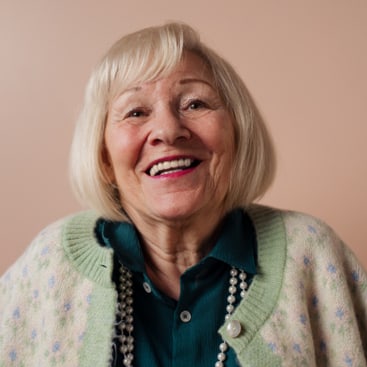By Sylvana Rinehart, CCA Certified
I have wanted to address this topic for quite a long time, recognizing it as a significant challenge, because the options in front of us regarding an elder’s transition to senior living often appear daunting. In sorting out my thoughts on how best to address a family’s decision-making process, I recently began reflecting on my Dutch heritage. Holland is famous for tulips, cheese, and wooden shoes of course; but what may not be as well-known is the concept of “polder” – the name for the reclaimed land from the sea that has allowed the country to survive. The need for widespread collaboration necessitated consensus decision-making, and the Dutch put it into practice and have sustained it since. The specific application of this practice that I read about several years ago was the process to decide colors for repainting the exterior of the buildings in a sizable co-housing complex. Members agreed to start by stating the specific colors they did not like or want. When those colors were listed, a small group was assigned the task of producing some choices from other colors, and the final selection process went smoothly.
The key takeaway for me in reading this story was the fact the group first sat down and developed a decision-making process prior to launching into color choices. Had they begun by passing color samples around, it might have been an endless discussion. By the use of a simple but acceptable process to reduce possible friction, the group opened the way for movement forward, and a decision.
Finding a place for one’s loved one can be challenging when there are several stakeholders. Each person understandably goes by his or her perspective, which may be different than the senior’s. I like to meet individually with the interested parties, either in person or over the phone, to find out what is important to each before we go into the kind of living arrangement selection. Everyone has a say and then I repeat each person’s priorities, so they hear it from me as well. We then move into a conversation about their loved one’s memories of growing up, which more often than not brings a foundation from which we have a better understanding of the senior, and that will ultimately lead us to factors that dictate the decision. A recent example comes to mind when we were able to show a home to the family that looked very much like the home their mother grew up in in the mid-west. The family immediately knew this was the home for her because we had already explored the possibilities.
At times this can be a lengthy activity but my experience has shown me that it brings increased satisfaction and ends up making the touring and decision-making process move along without too many setbacks and heartaches. When everyone can agree on the solution, the process and the outcome are the best.
























